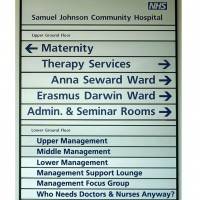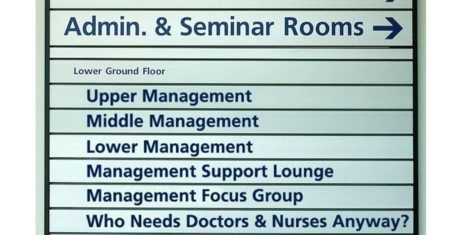February 9, 2016
Better workplace design and management could save the NHS £1 billion 0
 The National Health Service could make around £1bn in savings if it made better use of its estate, including more efficient workplace design, according to Lord Carter’s wide-ranging 18-month review into the operations and productivity of the NHS. The wide ranging review claimed that a total of £5bn could be saved by adopting a range of best practice standards. Carter examined 32 hospitals as well as looking at systems in the US, Germany, Australia, Italy and France for the report. Among the differences highlighted were variations in the use of floorspace, with one trust using 12 percent for non-clinical purposes and another using 69 percent. Overall, the review suggests that the NHS could save £1bn by 2020 via from the better management of estates, such as lighting, heating and the utilisation of floor space. The challenges of running the NHS estate efficiently have been something of an issue for some time, as we have reported.
The National Health Service could make around £1bn in savings if it made better use of its estate, including more efficient workplace design, according to Lord Carter’s wide-ranging 18-month review into the operations and productivity of the NHS. The wide ranging review claimed that a total of £5bn could be saved by adopting a range of best practice standards. Carter examined 32 hospitals as well as looking at systems in the US, Germany, Australia, Italy and France for the report. Among the differences highlighted were variations in the use of floorspace, with one trust using 12 percent for non-clinical purposes and another using 69 percent. Overall, the review suggests that the NHS could save £1bn by 2020 via from the better management of estates, such as lighting, heating and the utilisation of floor space. The challenges of running the NHS estate efficiently have been something of an issue for some time, as we have reported.

































February 5, 2016
Embracing the inevitable rise of the robots in the workplace 0
by Gary Chandler • Comment, Flexible working, Technology, Workplace design
More →